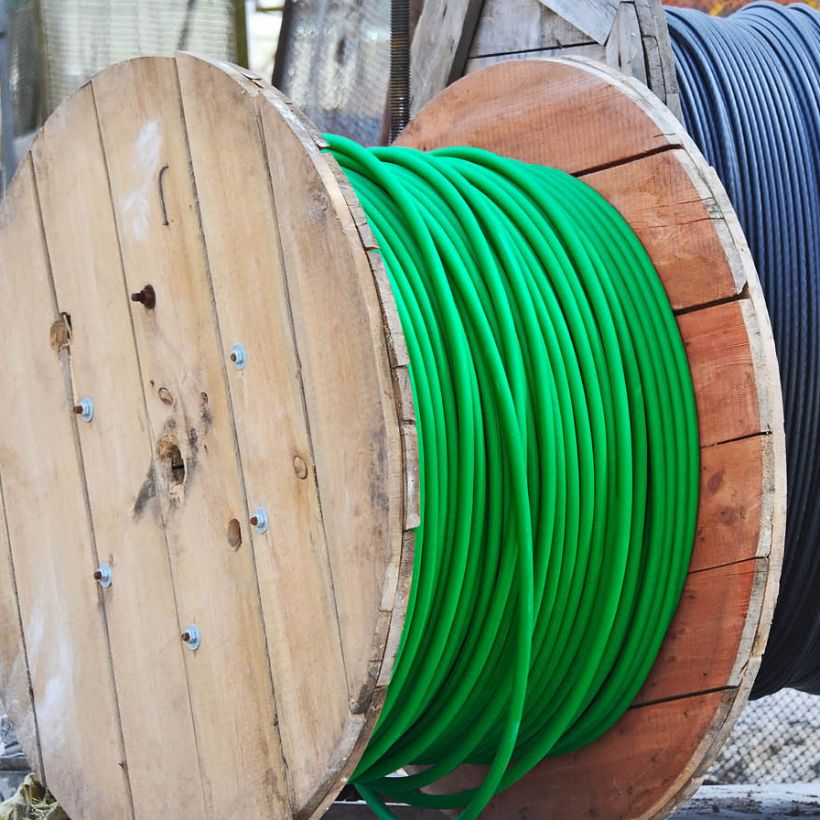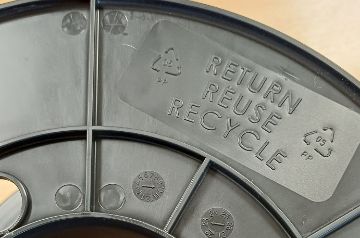- Products
- Market Solutions
- Newsroom
- Tools & Resources
- About Nexans New Zealand
- Search
- Contact us
- Compare
- Sign in
Fire safety
starts with cables
Electrical cables can warrant the supply of energy and the transmission of information
The main cause of casualties in indoor fire are smoke and hazardous emissions which significantly reduce the chance to escape and extend the damage to goods far behind the burned area. The contribution of cables is key both in active and passive protection. Electrical cables can warrant the supply of energy and the transmission of information. They can contribute to improve the time to escape the fire.
Cables are not dangerous on their own if adapted for the scope and correctly installed but present everywhere in large quantities.
- Omnipresence: Cables - like pipes and air conditioning conduits - are everywhere around us, and most of the time not visible once they are installed. They link rooms and floors and go through the walls without interruption. In the event of a fire, cables can therefore be a vector of propagation of fire.
- Large quantity: The sheer volume of cables in modern buildings due to the rapid technological evolution (electrical appliances, telephones, computer connections…) can be astonishing. In many office and shopping centres, new cables are added, to upgraded IT networks or new electrical security standards. All theses cables represent a significant quantity of fuel for fire.
According to the behaviour of fire safety cables during fire, they can be classified in two categories:
- Low fire-hazard cables: lower smoke opacity and gases emissions, even prevent flame from spreading and reduce heat release.
- Fire resistant cables: ensure integrity of function during a fire.
Regulators, architects, engineering offices, contractors, wholesalers, cables manufacturers, etc. everyone should play an active role in the use of fire safety cables.

The majority of deaths in a fire are due to inhaling dangerous gases. It is vital to reduce the exposure time to these gases by facilitating safe evacuation with the best possible visibility.
Low Fire-Hazard cables ensure lower smoke opacity and gases emissions, prevent flame from spreading and reduce heat release.
A low level of opacity of smoke produced and acidity of the effluent are basic criteria in the selection of materials that, in the event of fire, make it possible to reduce the presence of dangerous gases and to facilitate escape. It is essential that the production of opaque smoke and harmful emissions is as low as possible during a fire.
Research has proven that cables could contribute strongly to contain a fire and to reduce smoke, toxic gases and heat release.
Fire-Resistant cables are an essential component of any alarm circuit.
During fires, buildings should remain functional to help in the evacuation process. People’s safety is the priority: fire safety equipments like warning systems, smoke detector, smoke extractor, emergency exits, and fire lighting equipment are key and must remain functional. Electrical cables are the backbone of all these equipments.

The CPR for Reaction to Fire cables became effective in 2016 according to the product standard EN50575:2014 that was listed on the ECOJ C 378 (Notice No. 2015/C 378/03) on the 13th of November.
Starting from the 1st of July 2017, every product must be CE marked and needs to have Declaration of Performance
In each Member State a CPR Contact Point has been established to provide information.
Our websites
Select your country to find our products and solutions
-
Africa
- Africa
- Ghana
- Ivory Coast
- Morocco
- North West Africa
- Americas
- Asia
- Europe
- Oceania
